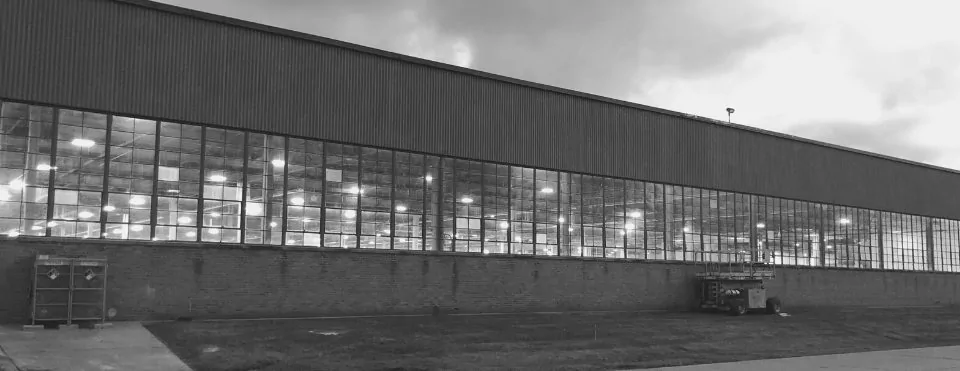Connection Between Energy Efficiency and Air Pollution
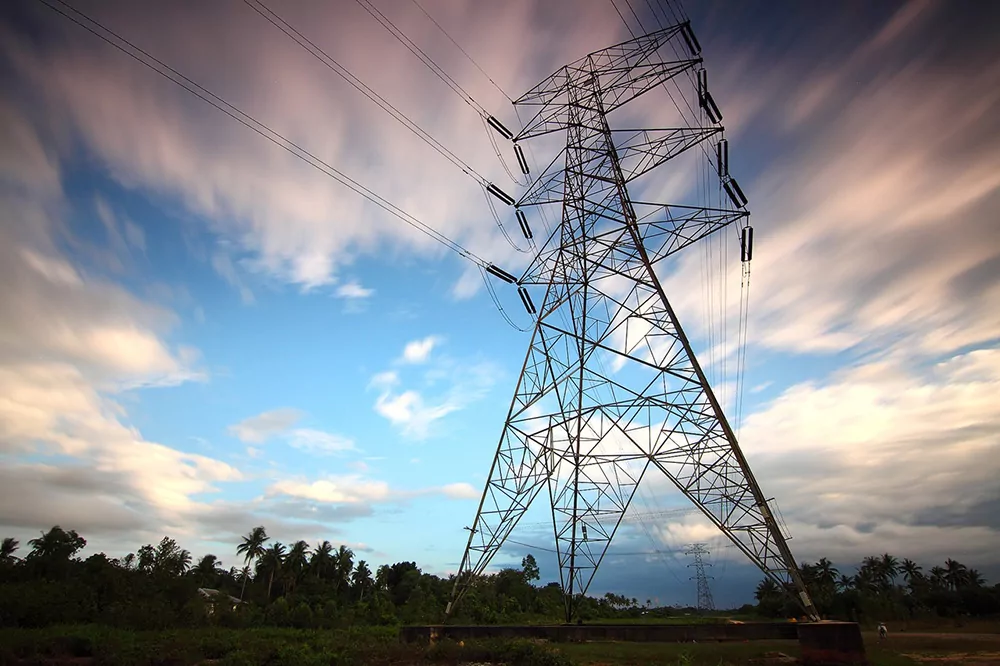
Aug 29 2023
Air pollution and energy efficiency are two of the most pressing environmental challenges facing the world today. Air pollution is caused by the release of harmful pollutants into the atmosphere, while energy efficiency is the use of less energy to achieve the same outcome. Both air pollution and energy inefficiency have significant negative impacts on human health, the environment, and the economy.
However, there are also synergies between air pollution and energy efficiency. By taking steps to improve energy efficiency, we can also reduce air pollution. This is because many of the same measures that can improve energy efficiency can also reduce air pollution emissions. For example, using more efficient appliances and LED lighting in Chicagoland can reduce energy consumption and also reduce emissions of pollutants such as nitrogen oxides and sulfur dioxide.
In addition, improving energy efficiency can help to reduce the need for new power plants, which can also help to reduce air pollution emissions. This is because new power plants often emit more pollutants than older, more efficient power plants.
What Causes Poor Air Quality?
There are a wide variety of things that cause poor air quality, some natural and many are man-made. They ebb and flow with the seasons, especially during the hot and dry seasons.
Natural causes to poor air quality are quite varied by region. Locally, in Illinois, we have seen a huge impact on local air quality from wildfires in Canada. Much of the Western United State struggles with this, with wildfires being exasperated by climate change. Climate change makes droughts more common, leading to prolonged spread of fire from dry forests and underbrush.
Humans have also impacted fires in the United States, with a long history of preventing and putting out fires. This allows a large buildup of fuel, so when a fire burns, it really gets going. Small burns of forests are actually quite healthy, as it allows new trees to develop and grow. Some seeds need fire to get started.
Volcanoes also impact air quality, although not as much in our area.
More local to us, farming practices can impact air quality. The last 100 years has shows farming practices that strip the land each year, and plant fresh. This can lead to soil erosion in a dry spring and winter – so windy weather will actually pick a lot of topsoil and dirt up into the air and send it miles. This was prevalent in the early 1900s, and we have all the tools to fix this. But it means changing some practices that farmers have done for hundreds of years.
Energy production creates a lot of poor air quality, most notable is coal energy power plants. They release a lot of emissions, not just global warming CO2. From mercury to particulate matter – coal power plants are among the worst polluters on our planet. In fact, they can lead to early deaths for people, as particulate matter ends up in our lungs and clots form around it to lead to heart attacks and strokes.
There is a lot of industry that leads to poor air quality, like steel and chemical manufacturing. While most obvious to us – think of the Lorax story and the obvious smoke coming from the stack – most pollution is smaller and not something you would think about. Home fires burn not just the wood on a home, but all the little plastic and materials that are dangerous when burned. And considering that there are 400,000 house fires in the United States each year – that is a lot of pollution.
Finally, tail pipe emissions are a huge source of local air quality issues, especially in areas where the smog can get trapped like valleys. I was in Los Angeles at least 4 times before I realized you could see the mountains nearby from the beach, because of how much smog gets trapped by the natural boundaries.
In these terms, each car that we convert from fossil fuels to EV makes a large difference, even though the electricity is still produced somewhere – it isn’t locally within your city. It is also less emissions in general, and there is the opportunity for nuclear, wind and solar, which have no emissions.
And, those that use public transit and bicycling or walking are even better, as no energy is used for each additional rider.
Air Quality Outside Your Building vs Inside
It is important to think of these as two very different conversations, although closely intertwined. As more of the United States is seeing the impact of wildfire smoke during the summer seasons – outdoor air quality is important for our way of life. Nothing replaced being outside and enjoying fresh air – which is hard to do when the air quality is poor.
Breathing isn’t just about taking in air; it’s about taking in clean air. But how do we know when the air outside is safe to breathe? Enter the fascinating world of air quality measurement, a complex yet crucial endeavor that impacts our health and well-being.
The workhorses of air quality monitoring are ground-based stations. Equipped with sophisticated sensors, these stations continuously sample the air, sniffing out harmful pollutants like fine particles (PM2.5 and PM10), ground-level ozone, nitrogen dioxide, and sulfur dioxide. Each pollutant has its own detection method. For example, lasers dance within the stations, measuring the amount of light scattered by tiny particles, revealing their presence and concentration.
But ground stations aren’t loners. Satellites play a crucial role too. Their eagle-eyed view allows them to track air pollution over vast areas, capturing large-scale events like dust storms or wildfires. By analyzing the reflected or emitted light, satellites can map pollutant concentrations, providing valuable insights for regional and global air quality assessments.
The data collected from both ground and space isn’t just a bunch of numbers. It’s carefully processed and analyzed to create the Air Quality Index (AQI), a simple yet powerful tool for public understanding. The AQI translates complex pollutant concentrations into a single number, categorized by color (green, yellow, orange, red, purple) that reflects the health risk associated with those levels. This allows everyone, from policymakers to individuals, to quickly grasp the state of their air and make informed decisions.
So, the next time you check the weather report, remember to glance at the air quality index as well. It’s a reminder that the air we breathe is a precious resource, and understanding its quality is essential for a healthy planet and healthy lives.

Indoor air quality is different – and dependent on how your building filters air. A very reputable HVAC technician once told me that we work so hard to clean and purify our air, why would you open the windows to let in the outside dirty air. While I don’t agree with him, I do understand what he was trying to say. Our air in our buildings is often cleaner than the air outside.
Ensuring clean, healthy air in buildings is crucial for our well-being and productivity. Fortunately, several methods exist to filter air and create a more comfortable environment. Here’s a glimpse into the world of building air filtration and best practices:
The Filtration Arsenal for Indoor Air Quality
The workhorses of air filtration are HVAC systems. These giants pull in outside air, filter it through various mechanisms, and distribute it throughout the building. The filtration levels vary depending on the system and filters used. Common options include:
- MERV-rated filters: These capture particles of different sizes, with higher MERV numbers indicating better efficiency. MERV 13 or higher is often recommended for buildings, especially in areas with higher pollution levels.
- HEPA filters: These filters capture 99.97% of particles 0.3 microns or larger, making them highly effective for allergy and asthma sufferers. However, they require more powerful systems and can restrict airflow.
- Activated carbon filters: These remove gaseous pollutants like VOCs and odors, improving overall air quality.
While HVAC systems are crucial, additional measures can enhance air quality:
- Source control: This involves minimizing pollutants at their source, like using low-VOC paints and cleaning products.
- Natural ventilation: When possible, opening windows and doors allows fresh air to circulate, reducing reliance on mechanical systems.
- Air purifiers: Portable units can target specific areas, especially beneficial for removing allergens or smoke.
- Regular maintenance: Replacing filters regularly and maintaining HVAC systems is key to optimal performance.
- Conduct regular air quality tests: Identify specific pollutants and tailor filtration solutions accordingly.
- Consult with HVAC professionals: They can recommend the right filtration system and maintenance schedule for your needs.
- Invest in high-quality filters: Opting for MERV 13 or higher filters can significantly improve air quality.
- Monitor CO2 levels: High CO2 levels indicate poor ventilation and can impact occupant health. Aim for levels below 1,000 ppm.
- Educate occupants: Promote healthy habits like handwashing and avoiding bringing allergens into the building.
By understanding air filtration methods and implementing best practices, we can create healthier and more comfortable environments in our buildings, leading to improved well-being and productivity for everyone within. Remember, clean air is not a luxury; it’s a necessity for a healthy and thriving society.
The Synergies between Air Pollution and Energy Efficiency
There are many ways in which air pollution and energy efficiency can have synergies. Some of the most important synergies include:
- Improved air quality: Improving energy efficiency can lead to reduced emissions of air pollutants, such as nitrogen oxides, sulfur dioxide, and particulate matter. These pollutants can cause a variety of health problems, including respiratory problems, heart disease, and cancer.
- Reduced greenhouse gas emissions: Improving energy efficiency can also lead to reduced emissions of greenhouse gases, such as carbon dioxide. Greenhouse gases contribute to climate change, which is a major environmental threat.
- Lower energy costs: Improving energy efficiency can help to lower energy costs, which can benefit businesses and consumers. This can also help to reduce the need for new power plants, which can further reduce air pollution emissions.
- Job creation: The transition to a more energy-efficient economy can create jobs in a variety of sectors, such as manufacturing, construction, and installation. This can help to boost economic growth and create a more sustainable future.
- Improved public health: Improving air quality can lead to improved public health, as people are less likely to suffer from respiratory problems and other health problems caused by air pollution. This can lead to a healthier and more productive workforce.
Examples of Synergies between Air Pollution and Energy Efficiency
There are many examples of synergies between air pollution and energy efficiency. Some of the most notable examples include:
- The use of renewable energy: Renewable energy sources, such as solar and wind power, do not produce air pollution emissions. This makes them a good option for reducing air pollution and improving air quality.
- The use of energy-efficient appliances and lighting: Energy-efficient appliances and lighting use less energy than traditional appliances and lighting. This can lead to reduced emissions of air pollutants and greenhouse gases.
- The use of public transportation: Public transportation is a more energy-efficient way to travel than private vehicles. This can help to reduce air pollution emissions from transportation.
- The development of smart grids: Smart grids are more efficient than traditional power grids. This can help to reduce energy consumption and air pollution emissions.
- The implementation of energy efficiency standards: Energy efficiency standards can help to improve the energy efficiency of buildings, appliances, and other products. This can lead to reduced emissions of air pollutants and greenhouse gases.
Ways to Improve Energy Efficiency
The synergies between air pollution and energy efficiency are clear. By taking steps to improve energy efficiency, we can also reduce air pollution and improve public health. This is a win-win situation for both the environment and the economy.
There are many ways to improve energy efficiency. Some of the most effective measures include:
- Efficient appliances and lighting: Use energy-efficient appliances and lighting whenever possible.
- Weatherization: Weatherize and protect your home or business to make it more resilient to climate change events.
- Driving less: Walk, bike, or take public transportation whenever possible.
- Smart thermostats: Use smart thermostats to control your building’s heating and cooling more efficiently.
- Home energy audits: Get a building energy audit to identify areas where you can improve your energy efficiency.
By taking these steps, we can all help to improve air quality and protect our environment.
Featured Posts
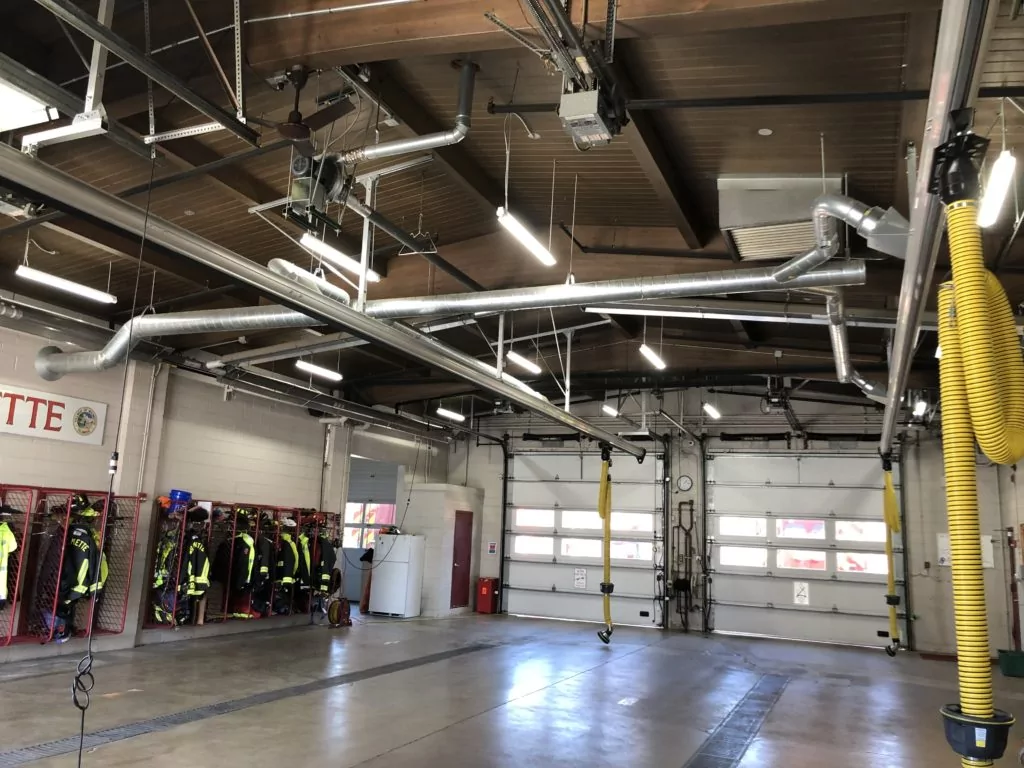
Mar 15 2021
Energy Savings Formula
In 2002, I became a firefighter in the north suburbs of Chicago. I was young and idealistic - loving almost every part of the job. However, I had another secret passion - sustainability. In addition…
Continue Reading >

May 02 2019
Verde Energy Efficiency Experts 10 Most Sustainable Companies in Chicago
In our energy efficiency consulting firm, we constantly look for inspiration from local companies that lead and innovate in clean energy and sustainability. Not all companies have billion dollar budgets, but that doesn’t mean that…
Continue Reading >
Related Articles
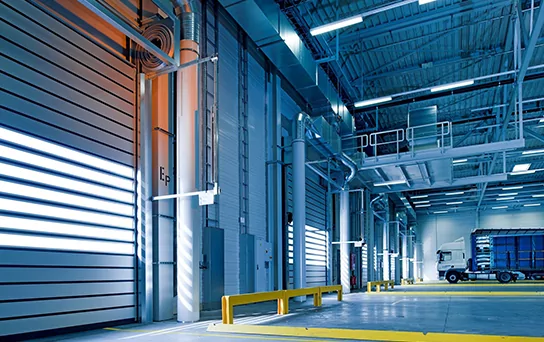
Mar 31 2025
Cut Warehouse Costs With Proven Commercial Energy Efficiency Upgrades
Warehouse operators are relentlessly pursuing smarter ways to reduce costs, increase workplace safety, and improve commercial energy efficiency. But what’s the best way to achieve this? As experts in commercial energy efficiency, Verde has the answers.…
Continue Reading >
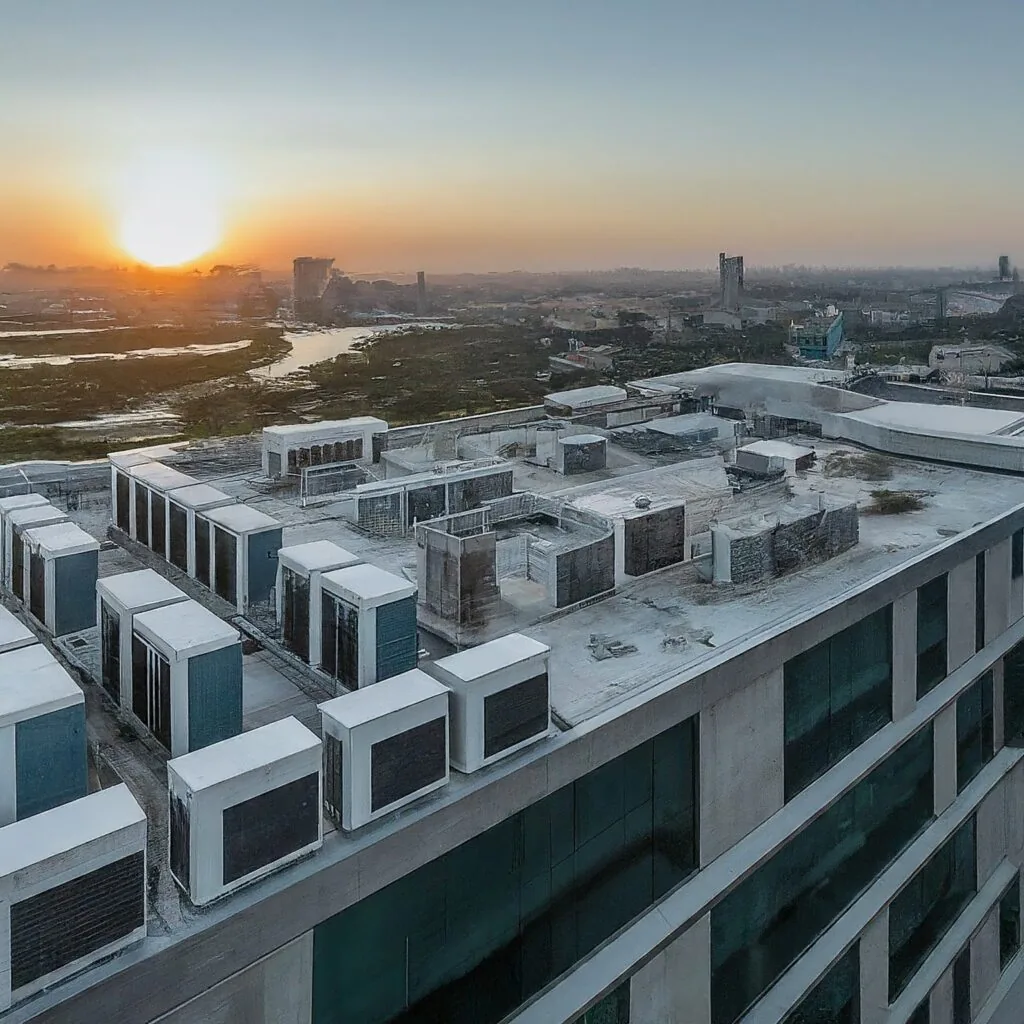
May 08 2024
Decarbonizing Hotels – Is it Possible?
Lower Energy Cost Hospitality with Decarbonization Hotels are huge energy users - with a lot of guests that come and go quickly, keeping them comfortable is no small task. As we look ahead at decarbonization…

